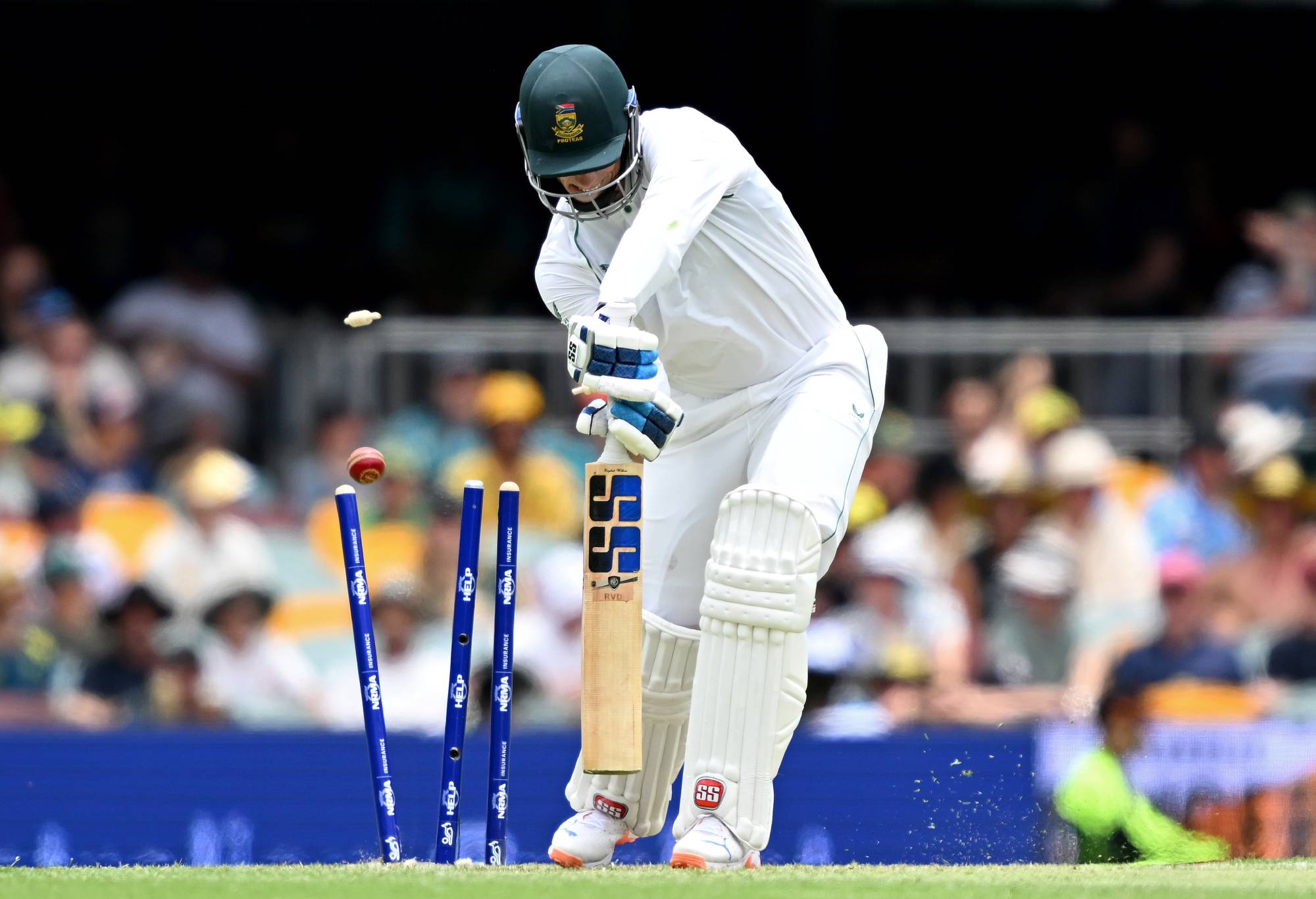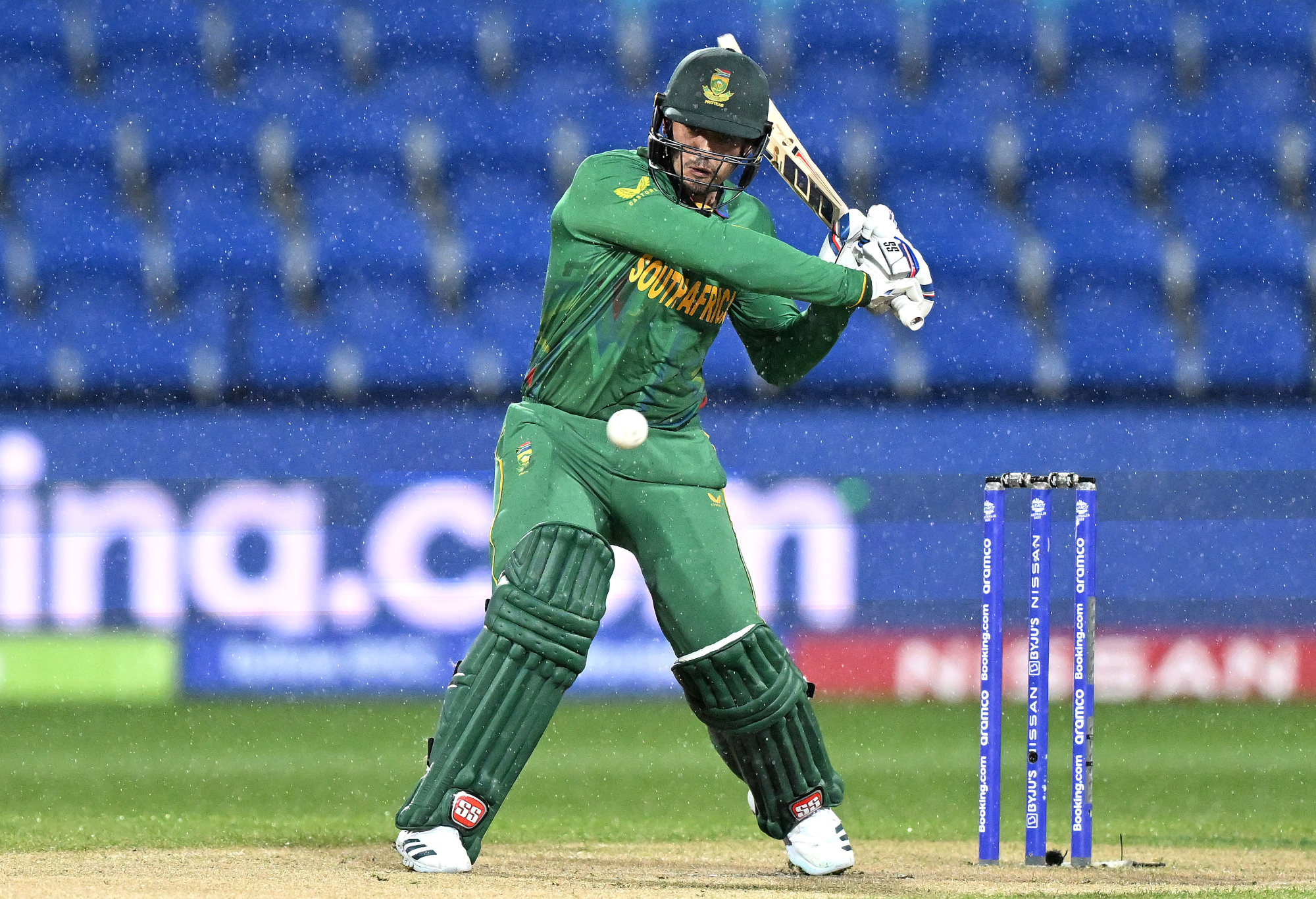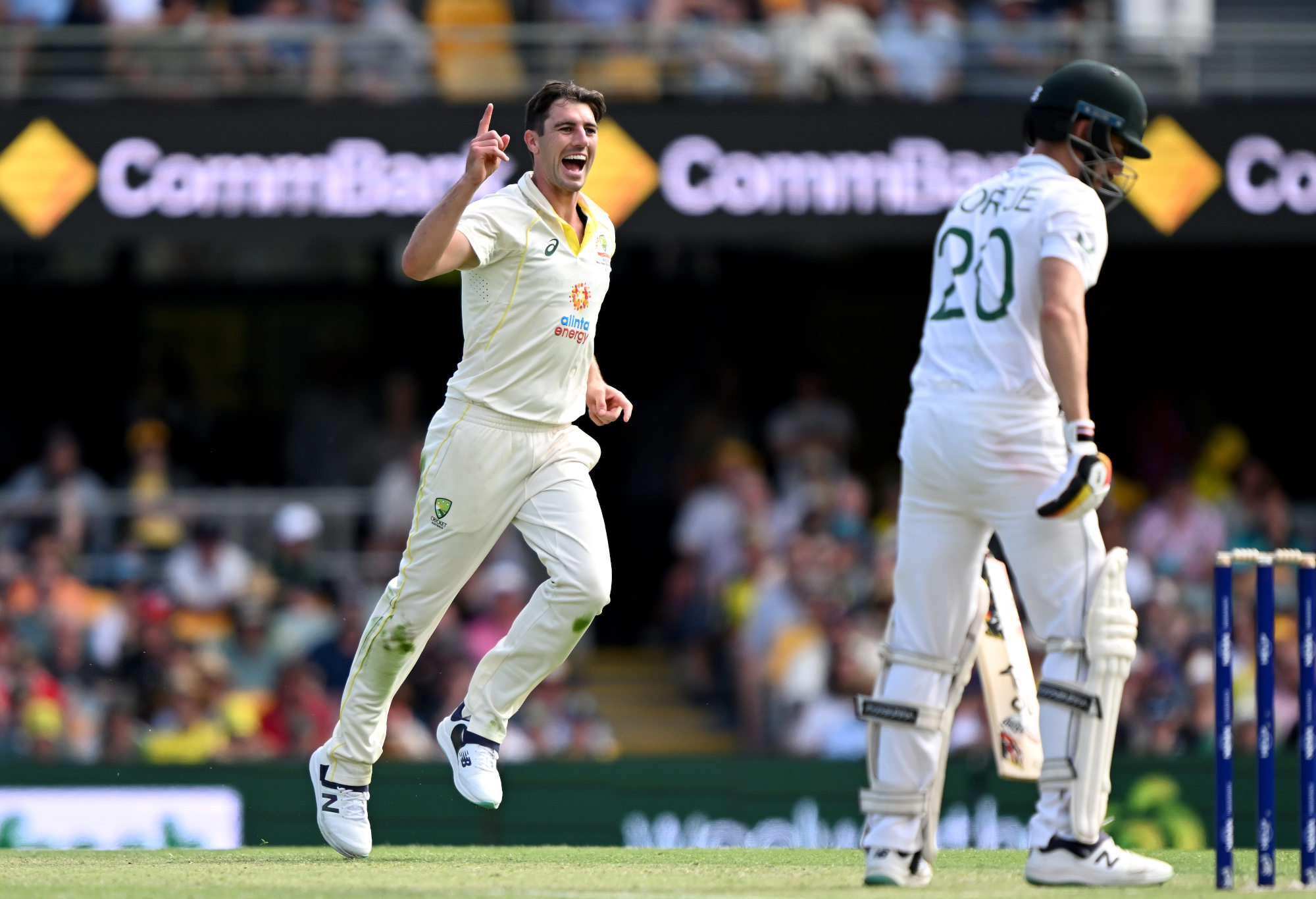This South African capitulation should be more concerning than the West Indies’ non-competitive two-game mismatch against Australia when looking at the broader topic of Test cricket’s future.
The Proteas are supposed to be the next-best team behind Australia in the five-day format, ranked second on the World Test Championship ladder. At the worst they’re allegedly third on the global pecking order behind India if you go by the ICC rankings.
Are they headed down the same path as the West Indies with their best and brightest talent prioritising the lucrative filthy lucre up for grabs in the T20 leagues over the prestige of Test caps?
If you’re an emerging cricketer at any country not named Australia, India or England, you have little incentive to hone your craft in the red-ball version of the sport.
CLICK HERE for a seven-day free trial to watch international cricket on KAYO
Few other nations have centralised contracts for national squad members and the ones that do are no match for the not-so-small fortunes a player can earn not only at the Indian Premier League but on the international circuit.

Rassie van der Dussen is bowled by Mitchell Starc. (Photo by Bradley Kanaris/Getty Images)
We could end up with a scenario where the best young talent at nations outside of the big three drastically cut short their Test career, rarely make themselves available for the red-ball cricket or don’t bother at all.
Instead of a nation’s top six batters lining up for a Test, we’ll get the sloppy seconds on display more and more frequently.
South African wicketkeeper-batter Quinton de Kock announced his retirement from Tests last summer at the age of 29. He’d be a walk-up starter for the current rabble that quickly came and went at the Gabba over the past two days.
AB de Villiers pulled the pin on Tests aged 34 to play four more seasons in the IPL before retiring altogether.
Test cricket needs elite batters like this pair to spend as much of their career as possible in the traditional format.
Too many of the modern-day batters don’t have the all-important skill of leaving a ball when they don’t need to play a shot. Knowing the location of your off stump is a priceless commodity in Test cricket.
The Gabba greentop was a shocker and you can’t crucify the Proteas batters based on that one Test on a substandard pitch against the best bowling attack in the world.
But their dual collapses did not come as a shock given only captain Dean Elgar (38.83) came into this match with an average above 35 or with more than one Test century on his resume.
Gone are the days of de Villiers, Hashim Amla, Faf du Plessis and Quinton de Kock, Graeme Smith and Jacques Kallis forming the backbone of a near impregnable South African batting order.
There was widespread disappointment that the West Indies didn’t give Australia much of a contest at all during their recent clashes in Perth and Adelaide.
But the English were not much better, if at all, last summer in their 4-0 Ashes capitulation.

Quinton de Kock bats. (Photo by Steve Bell – ICC/ICC via Getty Images)
Now that South Africa’s batting has gone from generationally strong to third rate, India appear to be the only team on the planet who you would consider a decent chance of giving the Aussies a run for their money Down Under.
If the BazBall revolution lasts, England are the only other side which could be viewed as half a chance. Despite their recent revival, they have lost 13 and drawn two of their past 15 Ashes Tests in Australia.
New Zealand did of course win the inaugural World Test Championship but have slipped dramatically in the past year or so as their golden generation of multi-format players start retiring, like Ross Taylor, or opt out of their national deals, a la Trent Boult, to “spend more time with his family”.
His family will be probably spending more time with him in India while the 33-year-old Rajasthan Royals seamer cashes in at the IPL. (And good luck to him too, by the way. Boult’s doing what we do in all walks of life by taking the best career path for him, not abiding by outdated loyalty to a sporting organisation which does not always get shown both ways).
It’s a tough sell for Cricket Australia in trying to squeeze as much money out of broadcast rights or in getting fans to fork over their hard-earned for tickets when there’s very few opposing nations who are generating interest on or off the field.
Despite the doom and gloom and pro-Justin Langer agendas being pushed in the West, the attendances for the Perth Test were relatively solid based on historical numbers while Adelaide had more than 24,000-plus fans on each of the first three nights before the match was wrapped up early on the fourth day.
And the Gabba was bumping with 29,306 on day one and 18,206 on day two. Tickets for the inessential day three will be a memorabilia item for cricket nuffies in years to come.
But fans won’t keep forking out money to watch lopsided contests when the opponents have little to no chance of winning – either because they’re totally outclassed like the Windies or have had their batting line-up neutered like the Proteas.
Test cricket needs to not only survive but thrive. If the lesser-resourced nations are not incentivised to invest in it, then it will become like the Davis Cup in tennis – an antiquated competition which still exists on the calendar but garners nowhere near the interest of the majors.

Pat Cummins of Australia celebrates taking the wicket of Anrich Nortje of South Africa. (Photo by Bradley Kanaris/Getty Images)
Elgar was right to say the pitch was terrible.
“You’ve got to ask yourself the question, is that a good advertisement for our format – 34 wickets in two days, pretty one-sided affair (between bat and ball), I would say” he said. “I think it kind of leads into what everyone’s thinking actually. I am obviously a purist of this format and we want to see the game go to four or five days. I don’t think it was a very good Test wicket, no.”
But ultimately, the pitch accelerated the divide in class between the two teams, it wasn’t the decisive factor in determining the result.
If the Proteas had won the toss with their outstanding pack attack and put the Aussies in, they could have jagged an upset win but they will need plenty of fortune to shine on them in Melbourne or Sydney to avoid a series whitewash.
Help shape the future of The Roar – take our quick survey with a chance to WIN!
>Cricket News

%20(3).jpeg)



0 Comments